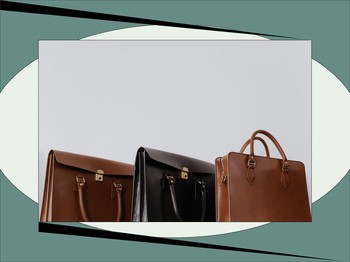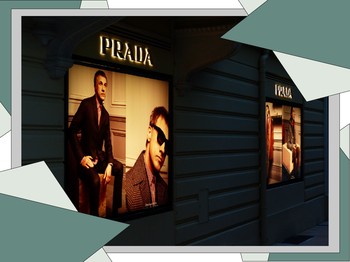Living in Jakarta, you must have seen many people strolling around the city by public transportation wearing Coach, Tory Burch, Kate Spade, Marc Jacobs, you name it. These brands priced in the moderate range from 1 million to 10 million rupiah are considered prestigious and are frequently worn by people on a daily basis. While describing them as affordable would be an understatement, as not everyone can simultaneously afford these luxury brands, they are categorized as "accessible luxury" within the luxury brand hierarchy. This classification explains why these brands are highly valued by a broader consumer base due to their comparatively lower price range.
What is accessible luxury?
Accessible luxury items are high-end products that sit in between regular market items and expensive luxury goods in terms of price. They're made of high-quality materials, have great craftsmanship, and carry a prestigious brand image, all at a price more people can afford, which makes them popular with a larger group of buyers. One big reason for their popularity is the growing middle class in developing countries. As more people become middle-class, they can afford these kinds of luxuries, creating greater demand for accessible luxury products.
Despite their high-end brand image, these brands are marketed to a broader range of consumers. Anyone with the means to purchase items from these brands is encouraged to do so. The demand for these products has surged due to the accessibility of e-commerce platforms, making it easier for people to acquire their desired luxury items.
However, challenging the concept of "accessible luxury" itself can be controversial because luxury inherently implies exclusivity. This is why Hermès, for example, holds a top position in the luxury hierarchy; their Birkin bags, which are not easily affordable or available to everyone, exemplify this exclusivity, unlike accessible luxury brands.
When a luxury brand is extremely costly, exclusive, and uncommon-meant for only a select few-it holds a special value. However, if it loses these qualities, it loses its unique appeal. Making luxury brands more accessible to a wider market can lead to them becoming ordinary and less attractive. The more widespread a brand becomes, the less luxurious it seems.
Critics generally believe that the idea of "accessible luxury" or "affordable luxury" strays far from the true essence of luxury. They argue that by trying to blend affordability and luxury, this concept dilutes the exclusivity and prestige that have long been synonymous with luxury brands.
It is safe to say that the term "accessible luxury" is mainly a marketing tactic by developing the brand's value to gain consumer's belief in its prestige while setting the standard price on the middle range-giving people the pride and enjoyment of acquiring a "luxury" item. When in fact, it's just a well-known brand with high quality and great craftsmanship that helps to convey one's economic status.
(DIP/tim)


